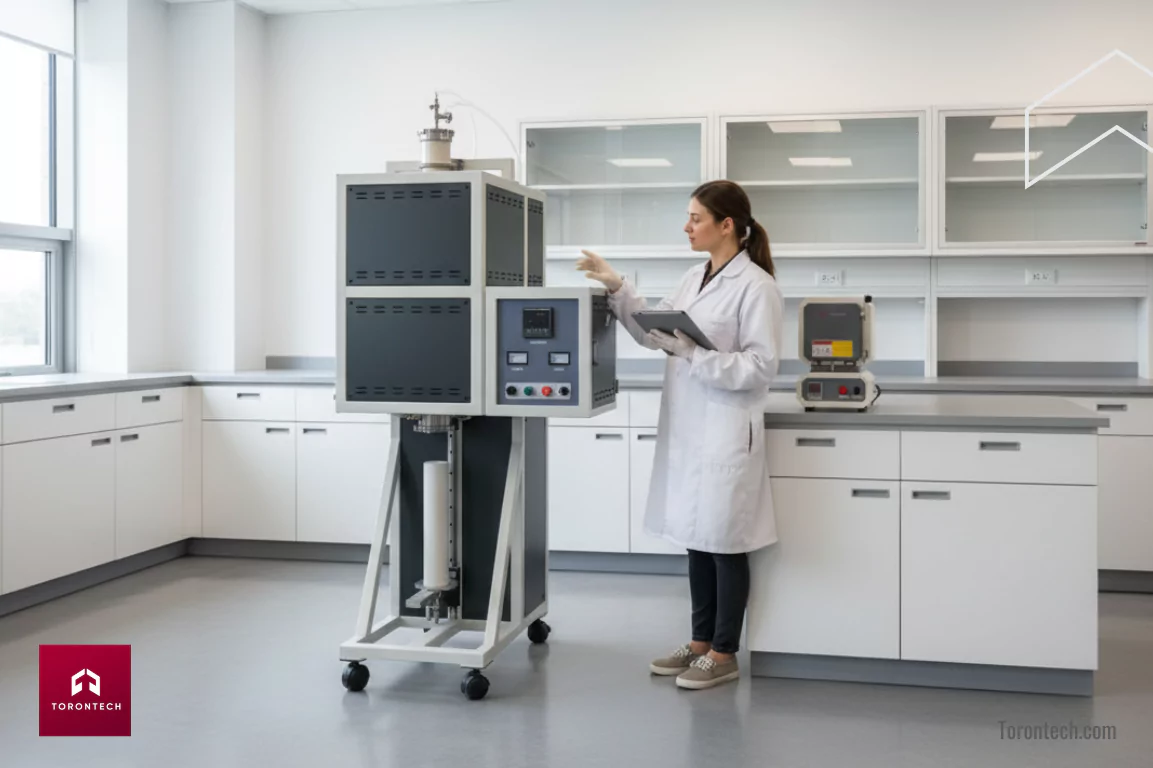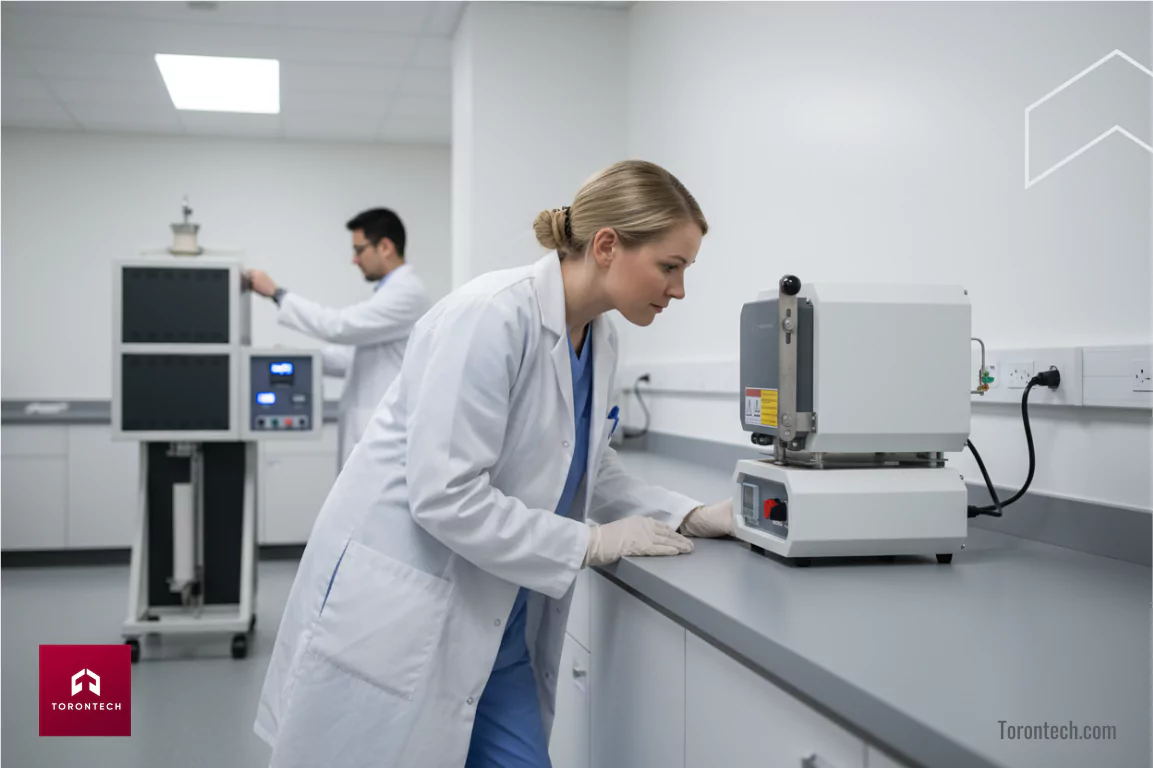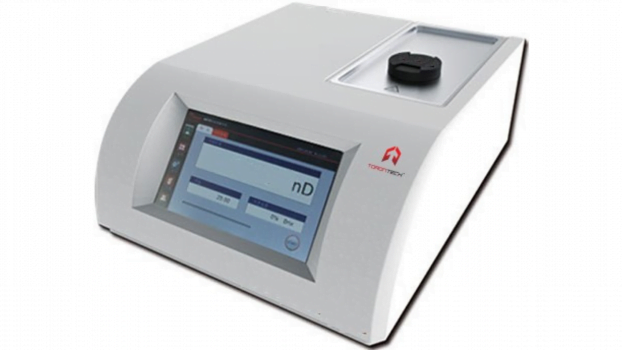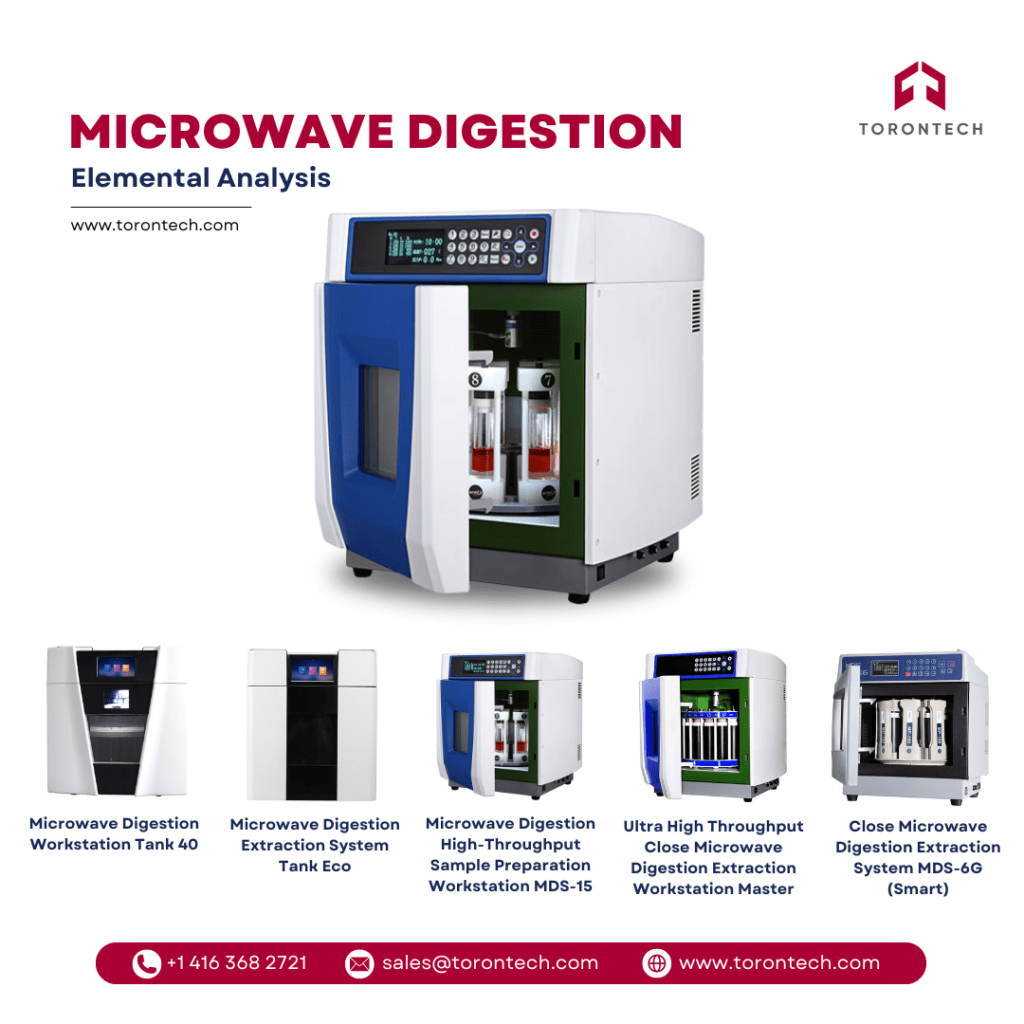Choosing the right furnace is a critical decision for your process. When you’re processing materials at extremely high temperatures, the equipment you use is fundamental to achieving consistent, reliable results.
To help, we’re going to clarify the tube furnace vs box furnace debate, as the conversation almost always centers on these two primary options.
While both are built to generate intense heat, they are engineered for very different functions. We’re going to clarify the operational differences between them so you can select the equipment that genuinely fits the work you need to do.
Tube Furnace vs. Box Furnace: A Head-to-Head Comparison

The main points of separation in the box furnace vs tube furnace matchup are their physical construction, their capacity for atmosphere control, how much material they can handle, and the way they apply heat. Getting a firm grip on these aspects will point you to the correct choice.
Here is a straightforward summary of the key differences.
| Key Aspect | Tube Furnace | Box Furnace |
| Chamber Shape | A cylindrical process tube | A rectangular, front-access chamber |
| Ideal Use Case | Smaller, uniform samples needing a pure environment | Larger items or high-volume batch processing |
| Atmosphere Control | Superior; handles vacuum or specific gas environments | Basic; operates primarily in ambient air |
| Common Applications | Material synthesis, CVD, catalyst research | Annealing, ashing, general heat-treating |
| Heating Method | Can create precise, multi-zone temperature profiles | Provides a single, highly uniform temperature zone |
Design and Chamber Shape
The most apparent difference is the physical architecture of the heating chamber. This structural difference is fundamental to their function and dictates how each unit in the tube furnace vs box furnace comparison operates.
Tube Furnace:
A tube furnace, like the models in our ToronTherm Series, is built around a cylindrical process tube. This tube, typically made from quartz or alumina, is where the heating takes place, warmed by external elements.
We find this design is exceptionally versatile, allowing for useful configurations like our Vertical Tube Furnaces for specific synthesis work or Rotary Tube Furnaces that ensure powders are heated evenly.
Box Furnace:
A box furnace, sometimes called a muffle furnace, has a large, rectangular heating chamber with a front-loading door. It’s constructed with substantial thermal insulation and heating elements on multiple walls.
In our experience, a well-made box furnace is the definition of a production workhorse, built for simple operation and long-term durability.
Atmosphere Control
For many advanced material processes, controlling the atmospheric environment is not optional—it’s essential. This is often the most significant operational difference when choosing between a box furnace vs tube furnace.
Tube Furnace:
This is the tube furnace’s defining capability.
It is the clear choice for atmosphere control because its tube can be sealed with gas-tight flanges. This allows you to pull a vacuum or introduce a specific gas, creating a pure, controlled environment.
Our CVD Tube Furnaces are engineered precisely for these applications where atmospheric purity is critical.
Box Furnace:
A standard box furnace is designed to operate in ambient air. While some may have ports for gas purging, they cannot provide the sealed, high-purity environment of a tube furnace.
It is the appropriate tool for processes where heating in air is acceptable.
Sample Size and Volume
The volume of material you need to process will be a major factor in your decision. We always recommend clients consider their potential future throughput, not just their current bench-scale needs.
Tube Furnace:
This furnace is made for smaller, uniform samples that require precise processing conditions. It is the correct instrument for working with powders, small substrates, or wafers.
When clients need the unique features of a tube furnace for a larger item, we can offer solutions like our Large Diameter Tube Furnaces.
Box Furnace:
Built for throughput, the box furnace is designed to handle larger, more varied loads. Its roomy chamber can hold multiple trays, large components, or numerous crucibles.
This makes it the workhorse for batch processing, where consistency across a large volume is the primary goal.
Temperature Uniformity and Control
Both furnaces provide excellent temperature management, but they achieve it in different ways. The question is whether your process needs one stable, even temperature or a dynamic, controlled temperature profile.
Tube Furnace:
A tube furnace provides exceptional control over the temperature profile. Our 2 Zone and 3 Zone Tube Furnaces are prime examples, with independently managed heating sections.
This allows users to create precise thermal gradients along the tube’s length—a necessary feature for complex processes like chemical vapor deposition.
Box Furnace:
A box furnace is engineered to generate a large, stable area of highly uniform temperature. By distributing heat effectively, it makes sure every sample in the chamber is exposed to the same thermal conditions, which is vital for achieving repeatable results in a production setting.
Where These Furnaces Are Put to Work

The correct tool becomes obvious when you look at the specific jobs they are used for in different industries. This often simplifies the tube furnace vs box furnace choice for our clients.
Academia and Research
University and R&D professionals often prefer tube furnaces for their precision and operational flexibility. They are essential tools for fundamental research in materials science and chemistry, enabling the sensitive and controlled experiments that drive discovery.
Materials Science & Engineering
In this field, it’s common to see both types of equipment. Tube furnaces, including specialized units like our Hydrogen Reduction Tube Furnaces, are needed for developing advanced alloys, catalysts, and composites in oxygen-free environments.
At the same time, box furnaces are indispensable for bulk jobs like annealing metals or sintering ceramics.
Electronics Manufacturing
The production of modern electronics depends on the clean, controlled conditions inside tube furnaces. They are integral to semiconductor fabrication for tasks like annealing silicon wafers and using CVD Tube Furnaces to deposit the ultra-pure layers that form microchips.
Dentistry and Medical Devices
Walk into almost any dental lab, and you’ll likely find a box furnace. They are the industry standard for sintering zirconia to create incredibly hard and durable crowns and bridges.
For medical devices, the same principle applies to heat-treating titanium implants to ensure they have the proper strength and biocompatibility for use in the human body.
Energy and Battery Materials
The push for better batteries and renewable energy is heavily reliant on thermal processing. Tube furnaces are vital in the lab for developing next-generation anode and cathode materials under inert atmospheres.
Once a promising material is identified, box furnaces are then used for pilot-scale production and quality control, processing larger batches to test for consistency and performance.
Your Furnace Choice with Torontech
The final choice in the tube furnace vs box furnace comparison is a strategic one based on your application’s needs. If your work involves smaller samples and requires a strictly controlled atmosphere, the tube furnace is the logical solution. If your objectives are centered on high-volume batch work and uniform heating, the box furnace is the more direct and efficient tool.
At Torontech, we assist our clients in making these equipment decisions. We focus on providing high-performance, cost-effective solutions that deliver genuine operational value, and our ToronTherm Series is trusted by professionals because it is built to perform reliably day in and day out.
If your work requires that precise atmospheric control, we invite you to explore our line of cost-effective Tube Furnaces today. For larger batch processing needs, our team can specify the right furnace for your work. Contact us for a personalized quote, and let us help you find the most effective solution for your operations.
Need the Right Furnaces?
Explore cost-effective Torontech industrial and lab furnaces for reliable results.
Frequently Asked Questions (FAQ)
2. In the box furnace vs tube furnace debate, can a box furnace be used with a controlled atmosphere?
While some box furnaces have ports for introducing an inert gas to reduce oxygen, they cannot create a truly pure or vacuum atmosphere like a sealed tube furnace. For any process that is highly sensitive to oxygen, we always guide clients toward a proper tube furnace setup.
3. What is the main benefit of a multi-zone tube furnace?
The key benefit of a multi-zone furnace, such as our 2 Zone and 3 Zone models, is the ability to create a precise temperature gradient. This allows different sections of the tube to be held at different temperatures simultaneously, which is a critical requirement for advanced applications like chemical vapor deposition.
4. How important is the process tube material in a tube furnace?
The material is extremely important. It determines the furnace's maximum operating temperature and its chemical compatibility with your samples. Quartz is excellent for purity at temperatures up to 1200°C, while alumina is the standard for higher temperatures. Using the wrong tube can result in contamination or equipment damage.
5. Which furnace heats up and cools down faster?
In the tube furnace vs box furnace comparison, tube furnaces generally have much faster heat-up and cool-down times. Their lower thermal mass means they can respond more quickly, which can significantly shorten process cycles in a lab setting. Box furnaces, with their heavy insulation, retain heat for much longer.








